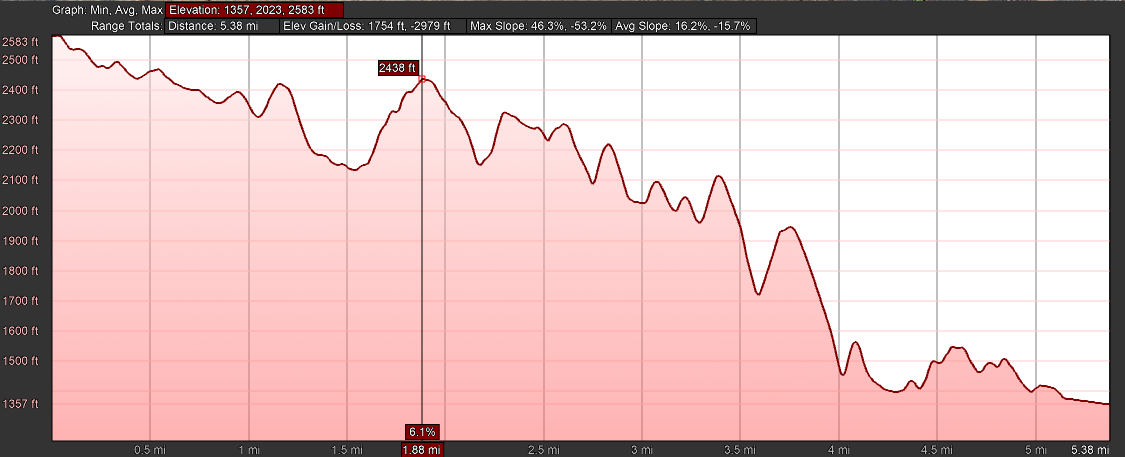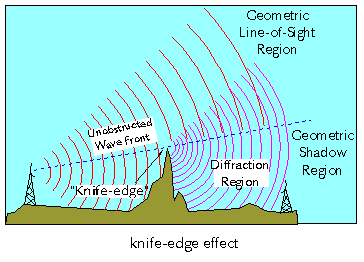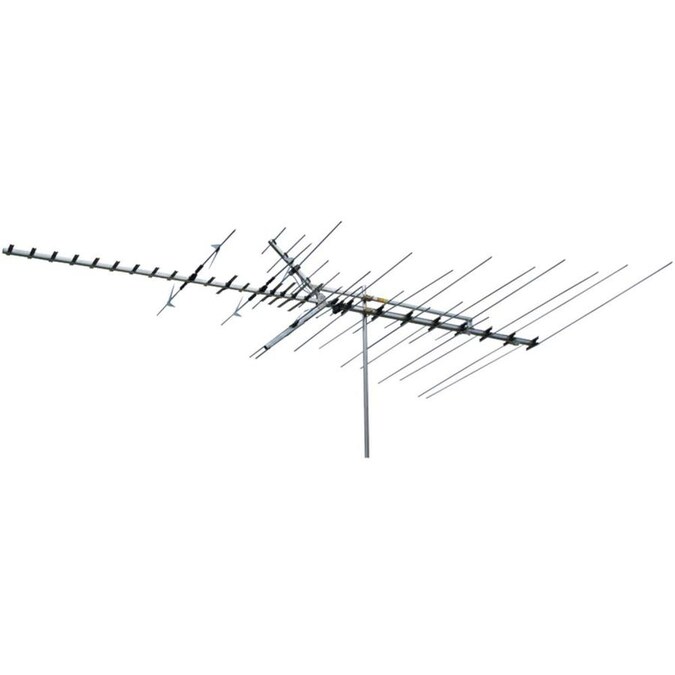Peter
Full time employment: Posting here.
I was about to reply in similar vein to OldShooter. No need now, he's said it all. Bigger is better. Good post.
I like the signal combiner idea. I've been kind of splitting the difference between two locations, I'm going to try to optimize each with a second antenna I already have.
Quite funny, actually. Antennas do not know what kind of signal they are receiving. FM, NBFM, AM, PSK, RTTY, HD Video, etc. all the same. Those "rods" are actually called antenna "elements" by antenna designers. Yes, the length of elements is related to frequency of the signals they are designed to receive and to their function in the antenna. If you look up "yagi" you will see some sample calculations for reflectors, directors, and driven elements. Bigger is definitely better. Antennas collect energy; properly designed large antennas will collect more energy than properly designed smaller antennas. This is why, for example, that the dishes used for radio astronomy are larger (like 100X or more) than the dishes used for consumer satellite television. It is also why my OCF HF wire antenna is 68 feet long instead of 6 feet long like some hams use for mobile radios. You can also look up "ham radio moonbounce" to see larger, more sensitive, VHF and UHF designs. https://www.google.com/search?q=ham...QGs0KHaW_DowQ_AUoAnoECBgQBA&biw=1600&bih=1030 Any questions?
I have no interest in arguing with you. You might find this to be a worthwhile read, though: https://en.wikipedia.org/wiki/Dunning–Kruger_effectNope, no questions. I was an electrical engineer and was an amateur radio operator years ago. I have some experience building antennas. I stand by what I said in my previous post.
So you'll just insult him instead. Classy.I have no interest in arguing with you. You might find this to be a worthwhile read, though: https://en.wikipedia.org/wiki/Dunning–Kruger_effect
Have you looked at the economics of putting up an antenna that's high enough to look over the new house versus paying those Comcast bills?Our lakehouse is over 50 miles from the nearest transmitter. Prior to this year we got 5 local channels. Recently a big house was built which blocked us out. Now it's two Comcast bills a month for us. Blow that dough!
OldShooter said:I have no interest in arguing with you. You might find this to be a worthwhile read, though: https://en.wikipedia.org/wiki/Dunnin...3Kruger_effect
So you'll just insult him instead. Classy.
You can build your own high gain DB16 HDTV antenna with copper wire, wood, and screws and other easy to get parts. I did this as an experiment and we were able to receive all 57 broadcast stations in our area. But for some reason my wife did not want this antenna mounted permanently anywhere around our home so we just use Lowcast.
 .
.Yup. All true, but as several have shown, wire and tinfoil can get the job done. For OTA television you really just need a decent antenna that can see the transmitting antenna. @sengsational's "biggest, honkin' yagi" may be necessary if the line of sight is partially obstructed by something that absorbs radio waves. For a clear shot, you don't need a fancy antenna. With a transmitter at 1000 - 2000 feet and a receiver near ground level, separated by flat terrain, the earth's curve starts to block the path at about 40-50 miles. There are calculators on the internet that will estimate range over level terrain based on the heights of the two antennas. Terrain in the middle (or @foxfirev5's neighbor house) will shorten the range by a lot, though. Trees, too. We have a directional cell phone antenna on the roof at the lake place, looking through trees. Signal strength from the booster amp goes up when the leaves drop in the fall.What? Nobody has mentioned "dB of gain over isotropic antenna", "directivity", "half-power beamwidth", or "noise figure" of the receiver?
We need numbers for quantitative measures.
By the way, physically large antennas to bring in more signals work up to a point. The limit is caused by atmospheric noise, and radiated electrical noise in an urban environment. Strong out-of-band signals that are picked up unintendedly by a large antenna also cause problems with receiver front-end overloading. Hams know about this stuff.
PS. I have never been a radio amateur. Just someone who knows a bit about radio communications, and designed a few pieces of RF hardware for pay that went into production. I even got a patent on this stuff, and there's still a lot I don't know.

Not just PBS, but perhaps most prominent WGBHThanks for all the info!
Problem started when one of the PBS stations must have sold their bandwidth or frequency. Their signal is weak now.
Rescans and double rescans would bring mixed results for some other channels. Weather can affect it.
Also - besides that PBS - we must be able to pick up the channel that shows around-the-clock old Westerns for DH! Square thing helped with that.
DH may try to build a couple of antennas for two directions. There are two antennas up there in the attic now that came with the house. More than enough channels. Can't get cable here anyway - so we never had a cord to cut!
This topic gave me a chance to learn the following:
1 plural antennae\ -ˈte-nē \ : one of two or four threadlike movable feelers on the head of insects and crustaceans (as lobsters)
2 plural antennas : a metallic device (as a rod or wire) for sending or receiving radio waves.
... NW bound, I never quite had the problem you described , but I have read in the past about others who did. One thing to try and I don't know if it would work, is to aim the antenna straight up at the top of the highest hill and at the highest point of that hill in the direction of the TV transmitters that you feel is disrupting the TV signal. When I say aim the antenna straight up, that is exactly what I mean and not just towards it. You would be trying to capture the signal before it bounced around like a basketball. It might be a long shot, but it's something to try.

We are lucky when I bought the house it had the old roof antenna on it.
It works wonders for free Over The Air (OTA) tv, in HD !!
